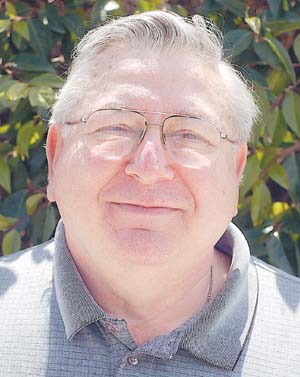Hillary Clinton garnered most of the national popular vote, but Donald Trump was elected because he won the majority of electoral votes. Many Californians now say they want the winner determined by popular vote. The presumptive argument is that one-person-one-vote is more democratic (little d). Assuming this idea was not put forward for merely partisan political purposes, it’s worth a look.
According to archives.gov, the founding fathers established the electoral system in the Constitution as a compromise between election of the president by a vote in Congress and election of the president by a popular vote of qualified citizens. The term “electoral college” does not appear in the Constitution.
Since the electoral process is part of the of the U.S. Constitution it would be necessary to pass a Constitutional amendment to change it. Under the most common method, an amendment must be proposed by a two-thirds majority in both houses of Congress and ratified by three-fourths of the states.
Currently, each state is allocated a number of electors equal to the number of its U.S. senators (always two) plus the number of its U.S. representatives (which may change each decade according to the size of each state’s population as determined in the census).” Washington, D.C. is also allocated three electors; therefore, most (about 80 percent) of the elector count in the nation is determined by population.
There are currently 538 electors; it takes 270 (50 percent plus 1 vote) to win. California, with the largest population, has 55 electors more than 10 percent of the total and more than the 14 states with the lowest number of Electors combined. The 11 most populated state combined could supply a winning total that would favor themselves. Several states and D.C. have the minimum of three electors each; all the other states are in between.
Because the establishment of a popular vote would require a difficult Constitutional amendment that could be blocked by the 14 least-populated states, it’s a highly unlikely, perhaps impossible, path to change; however, if Californians are seriously interested in making the electors more representative of the state voters they can easily do so.
California, like 47 other states, is currently winner-take-all, awarding all its electors to the winner of the popular vote, but that is not a requirement of the U.S. Constitution. In two states, Nebraska and Maine, there could be a split of electoral votes through a system for proportional allocation based on Congressional district results and “at-large” votes. We could do the same.
For example, if Trump won 14 of the California’s 53 Congressional districts, he would get one per district, or 14 Electors. If Clinton won the rest she would get 39 Electors based on district results plus two “at-large” electors as the overall winner, for a total of 41. Forty-one to 14 is a truer picture than 55 to 0.
That system would be much closer to one-person-one-vote than the current winner-take-all system and we can do it without changing the U.S. Constitution. Any takers?










